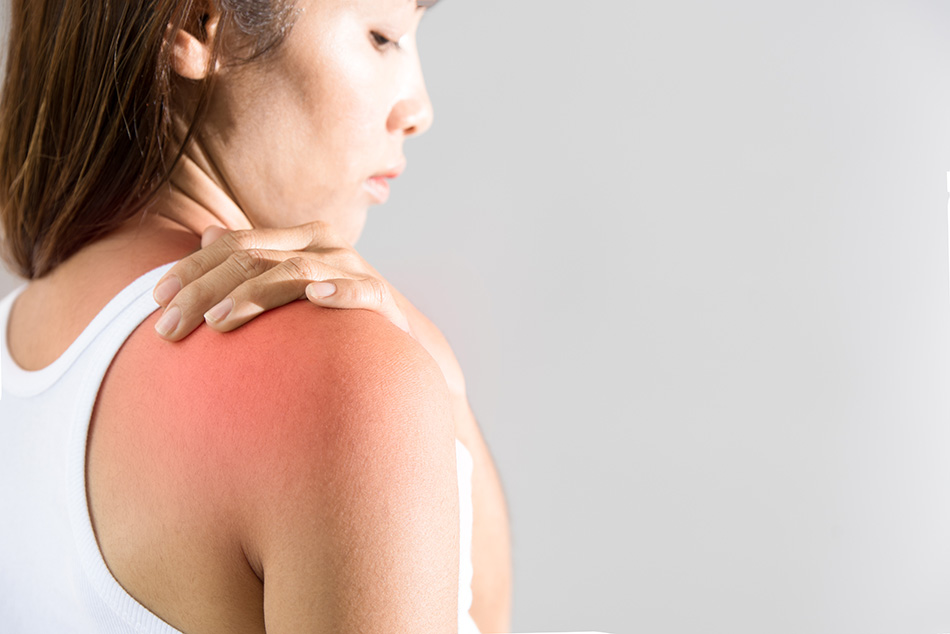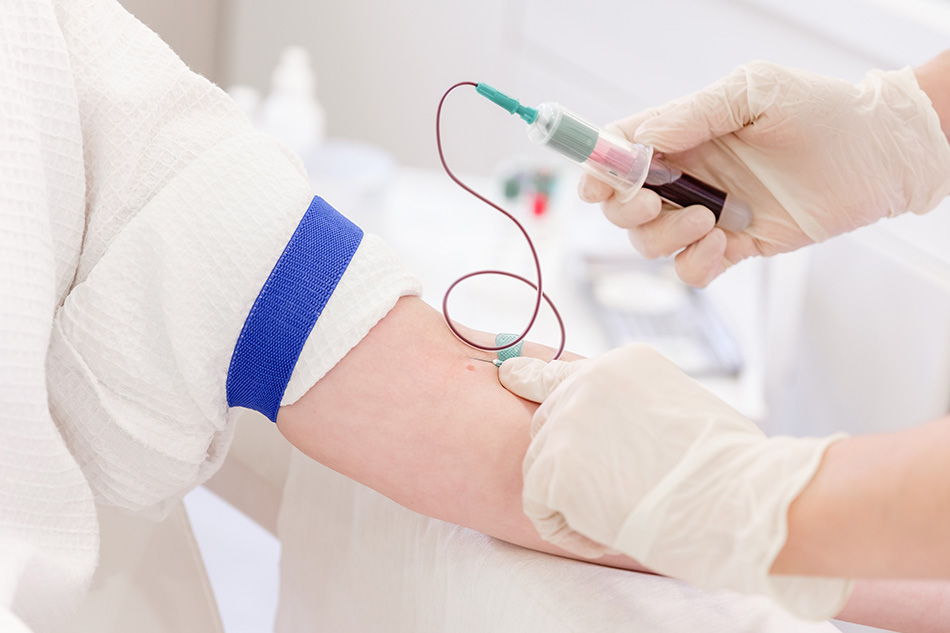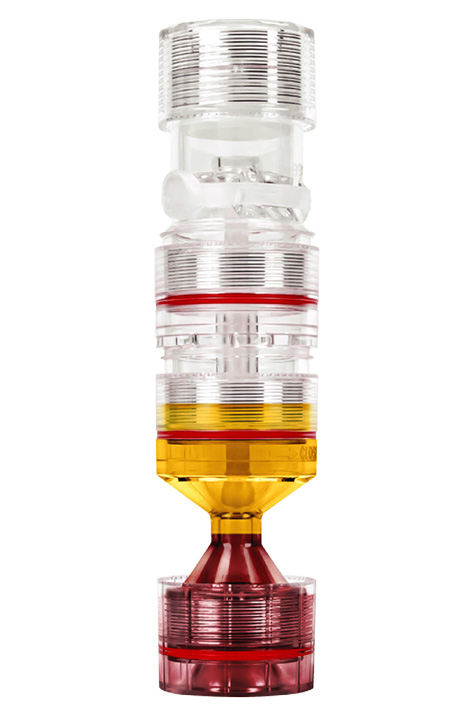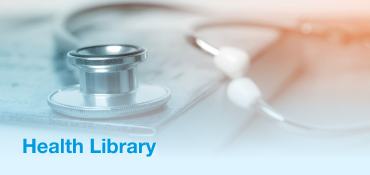Table of contents
WHAT IS PLATELET-RICH PLASMA (PRP)?
Although blood is mainly a liquid (called plasma), it also contains small solid components (red cells, white cells, and platelets). The platelets are best known for their importance in clotting blood. However, platelets also contain hundreds of proteins called growth factors that are very important in the healing of injuries and help with the re-growth of tissues.
PRP is plasma with many more platelets than what is typically found in blood. The concentration of platelets and, thereby, the concentration of growth factors can be 5 to 10 times greater (or richer) than usual.
To develop a PRP preparation, blood must first be drawn from a patient. The platelets are separated from other blood cells and their concentration is increased by spinning the blood down during a process called centrifugation. These platelets are then injected into the injured site.
HOW DOES PRP WORK?
The concentrated platelets in PRP release over 30 bioactive proteins and growth factors that enhance tissue regeneration and healing. The growth factors activate multiple types of cells required for tissue healing. They also stimulate protein production needed for regenerative processes including the formation of new blood vessels. The released proteins signal multiple types of healing cells to migrate into the area of injury and stimulate healing by growing new tissue. This significantly enhances the body’s natural healing process.
WHAT ARE THE INDICATIONS TO HAVE A PRP INJECTION?
PRP injections are used to treat torn tendons, tendinitis, muscle injuries, arthritis-related pain, and joint injuries. They’re becoming common for cosmetic procedures, too. For example, PRP injections are used to treat a type of hair loss called androgenic alopecia, also known as male or female pattern baldness, which affects men and women. And some dermatologists provide PRP treatments for the face.

Examples of common orthopaedic conditions that can be treated by PRP injections are listed below:
- Tennis elbow (or lateral epicondylitis) is pain on the outer side of the elbow caused by inflammation in a forearm muscle tendon. Tennis elbow is the result of repeated bending and twisting movements of the forearm, such as when playing tennis, using a screwdriver, wringing wet clothes or carrying buckets;
- Golfer’s elbow (or medial epicondylitis) is pain on the inner side of the elbow caused by inflammation in a forearm muscle tendon;
- Chronic Achilles tendonitis;
- Impingement syndrome of the shoulder and rotator cuff tendinopathy;
- Bursitis, a painful condition affecting the bursae that cushion bones, tendons, and muscles near joints, and greater trochanteric bursitis, inflammation of the bursa at the outside point of the hip;
- Plantar fasciitis- chronic foot pain;
- Patella tendinosis – inflammation of the patellar tendon at the knee (jumper’s knee);
- PRP is used to treat common sports injuries like pulled hamstring muscles in the thighand knee sprains;
- PRP is also used treat low- to moderate-grade knee osteoarthritis. Some studies have shown that these results can last up to 2 years.

HOW IS PRP INJECTION PERFORMED?
PRP is performed on an outpatient basis.
You will be asked to avoid taking any anti-inflammatory medication or steroids for at least one week prior to PRP treatment as these medicines can negatively affect platelets.

Treatment with PRP is separated into 2 steps: preparing the PRP for injection followed by injecting the PRP into the affected area. First, a volume equivalent to 2 tablespoons of blood are drawn from your arm by the nurse. The blood is placed into a centrifuge which spins the blood fast enough to separate it into layers based on weight. Heavier parts (e.g., red blood cells) stay on the bottom. Platelets and white blood cells spin out just above the red blood cell layer. Plasma fluid makes up the top layer. The middle layer containing the concentrated platelets is collected by the nurse and will be used for injection by your doctor. Once you have had your blood drawn, the sample is prepared right away followed by injecting the PRP the same day. You will not be asleep during the procedure. Numbing agents such as lidocaine may be used to decrease the injection pain.
The whole process typically takes less than one hour.
WHAT CAN I EXPECT AFTER THE PROCEDURE?
After PRP injection into your joints, there is usually minimal pain. However, with PRP injection into tendon, there is typically moderate pain for the first few days that may require prescription pain medicine. PRP injections into tendon may require immobilisation for a few days after the procedure. Once you return home, you can use ice over the injected area, elevate the leg or arm and limit your activities as much as needed to remain comfortable. You will need to avoid all non-steroidal anti-inflammatory drugs as these can block the effect of the platelets.
Improvement after PRP injection does not happen overnight. Growing new tendon and healing tissue take time. Most patients see some improvement at one month. But, full improvement can take 10-12 weeks or longer.
DO PRP INJECTIONS HAVE SIDE EFFECTS OR RISKS?
PRP injections are extremely safe with minimal risk for any adverse reaction or complication. Because the injected platelets are produced from your own body, your body will not reject or react negatively to them. There is a small risk of infection from any injection, but this is very rare.




